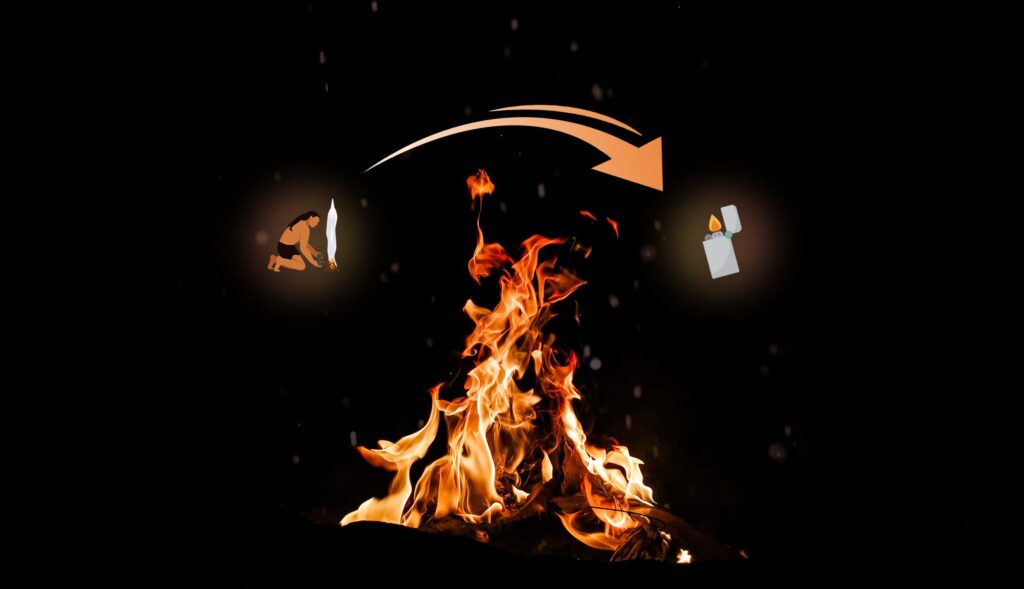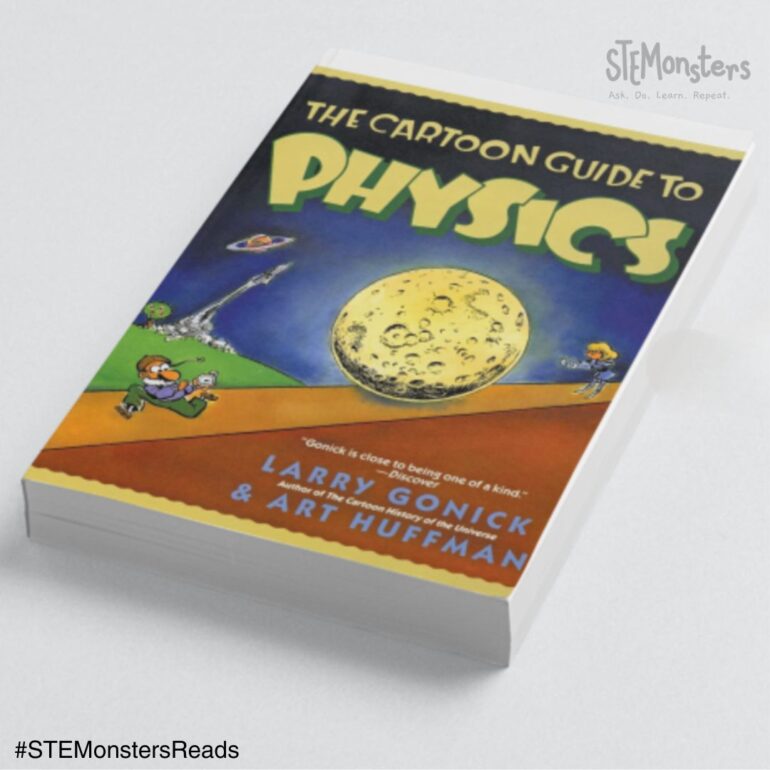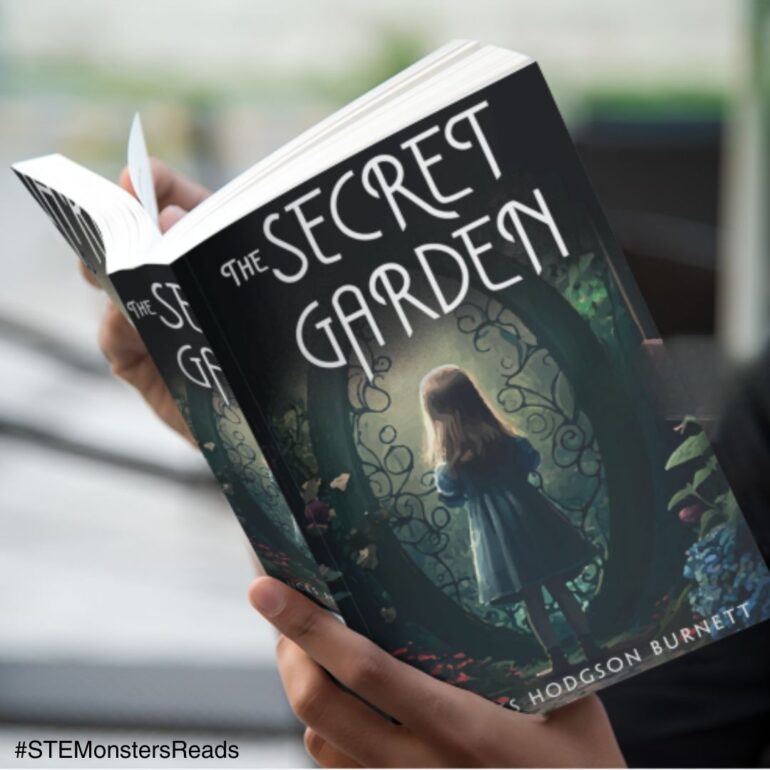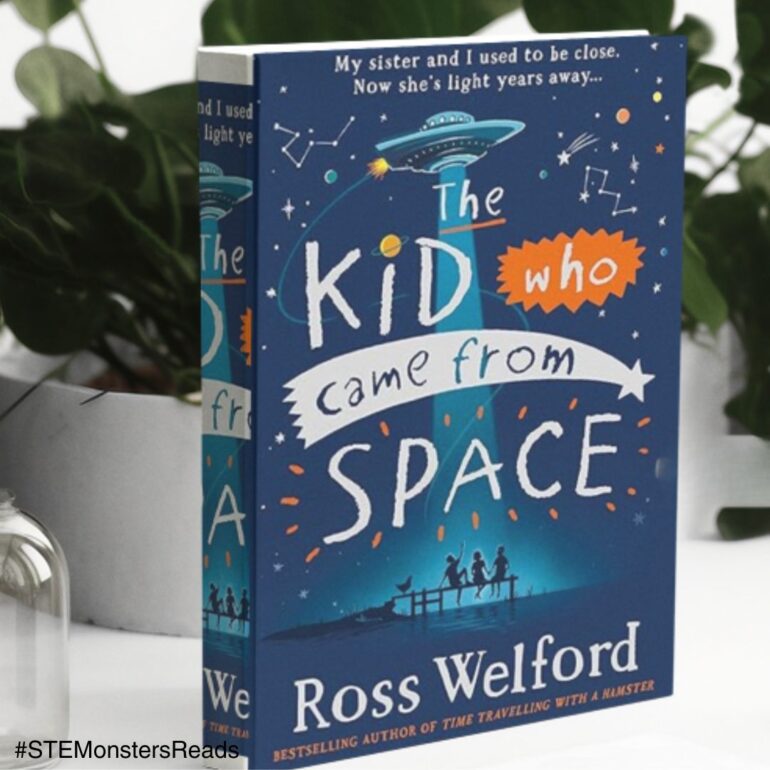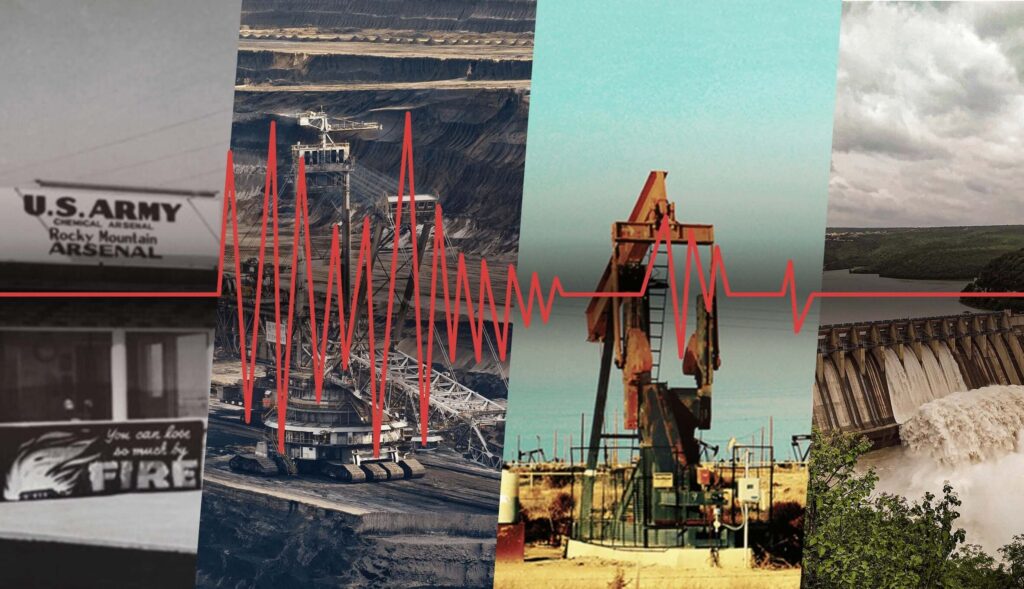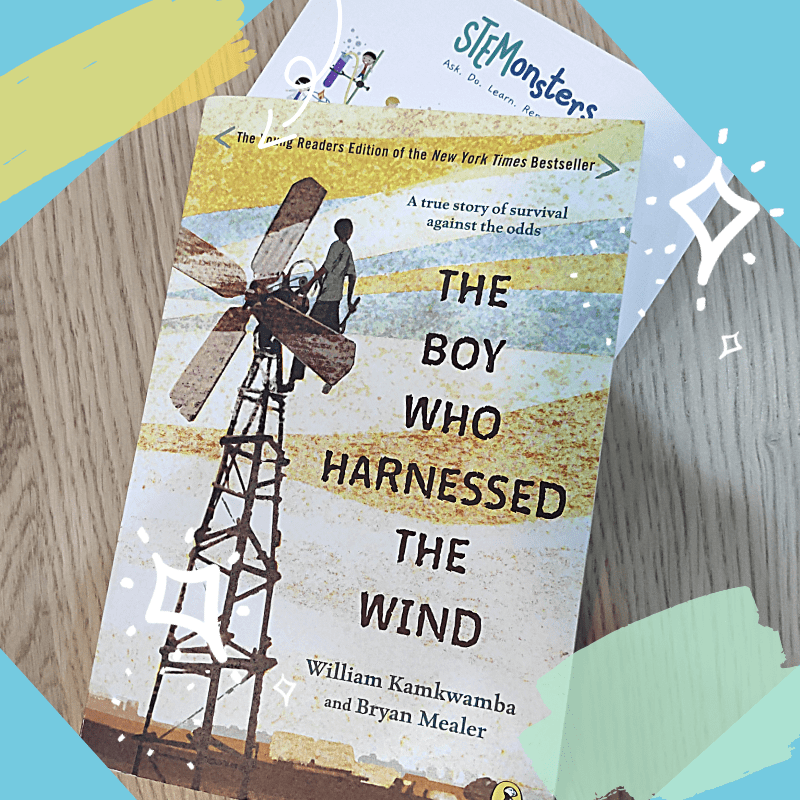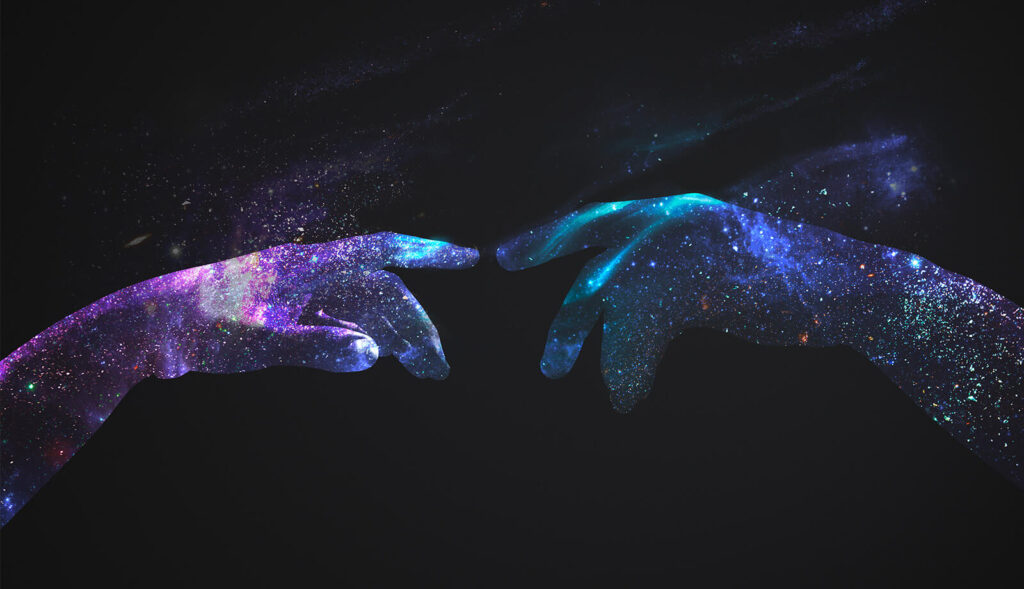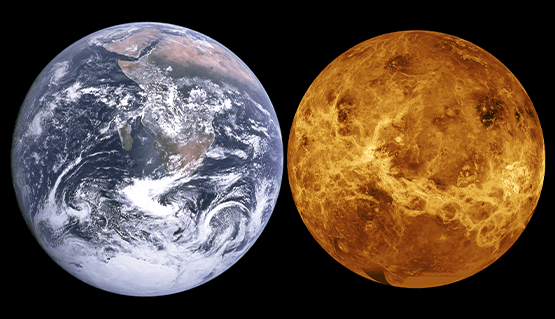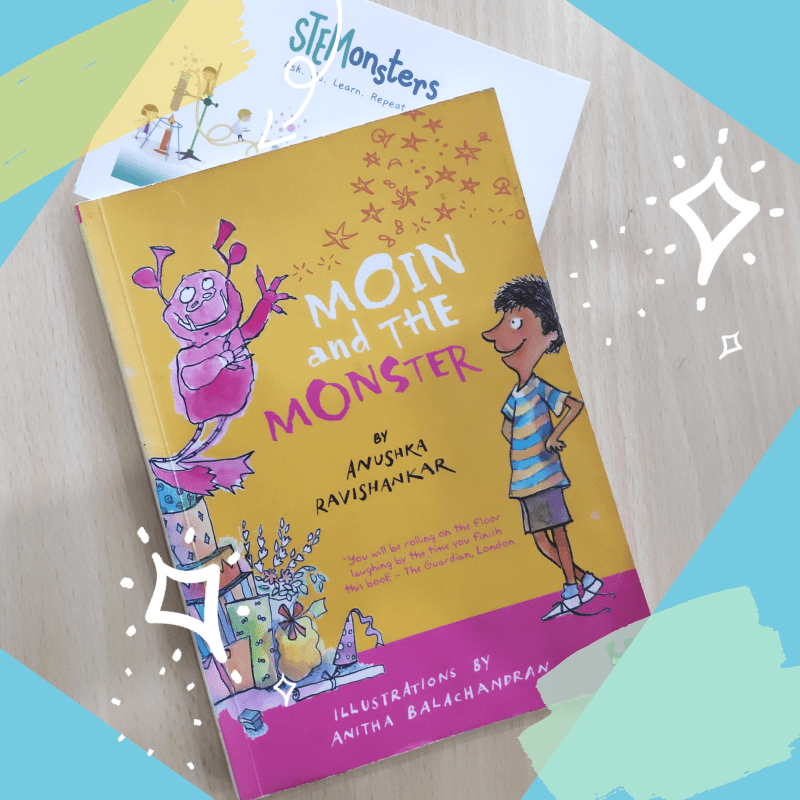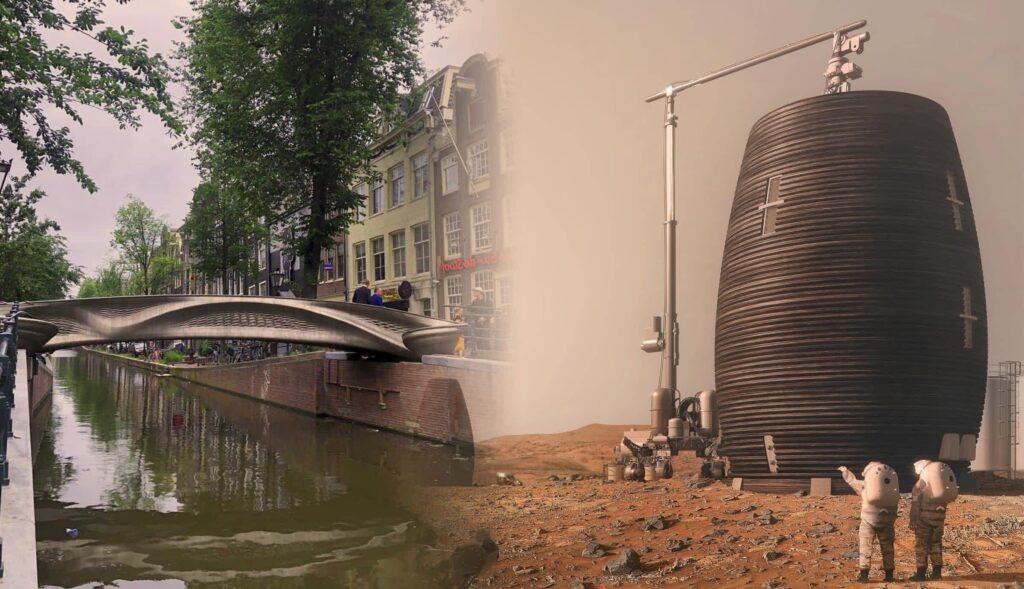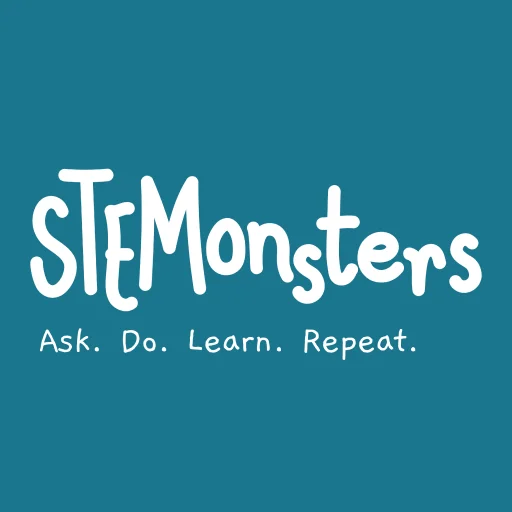It was a cold winter morning. Alex woke up, pulled up the socks, gathered her cosy little blanket and ran downstairs to the living room. She found her father poking at the fireplace with an iron rod to get the fire burning comfortably. Once done, her father settled down on the couch near the fireplace, reading his morning newspaper.
“This feels so good. Isn’t fire the best thing ever?” Alex said, rubbing her palms together in front of the fireplace to make them warm.
Her father sighed and read out a headline from the newspaper. “A fresh wildfire in northern California spread rapidly on Thursday, burning homes and prompting evacuation orders in a rural community.” “Isn’t fire the worst thing ever?”, he asked.
Alex was perplexed but curious. Being able to make fire in the fireplace was a luxury. How could the same thing cause devastation of wildlife and rural homes? How could the smoke and fumes from the bushfires destroy the air quality so badly?
What is fire? How do we get fire? How can fire be so useful and destructive at the same time? When was it first discovered? All these questions raced through Alex’s mind.
When was fire first discovered?
“Wait. Too many questions. Let’s answer them one at a time”, said her father. He folded the newspaper and said, “Alright, let’s start from about 1.5 – 2 million years ago.”
“Imagine that you are living in the era when our ancestors strolled on Earth in search of food. Homo erectus, in particular. They are said to be the longest surviving species of humans till date, even longer than us – the Homo sapiens. You are merely a part of this hunter gatherer family. Your life’s purpose is to find food on a daily basis to survive. Berries, vegetables, nuts, branches, insects, small animals, and birds are your food. And you can eat all this food the way you find it – Raw.
And then suddenly one day, the forest you live in is swarmed with an orange wave and the sky is filled with smoke. You had heard about this scary orange miracle earlier but never witnessed it for yourself. You find animals along the way. All charred to brown and black. You run for your lives as you try not to end up like them.”

Image: A forest fire
Why did we want fire?
“You reach the mountain top and watch the forest covered in smoke and orange flares. Your brother comes around with a burnt (roasted in the forest fire) dead rabbit that he has picked up on the way.
Your eyes light up in delight as you take the first bite of the roasted rabbit. You have never tasted such tasty meat before. It is soft, juicy and delicious. Since that day, you wait for the forest fires. And the hunt for roasted animals begins. The desperation to tame this miraculous force of nature also grows with each passing day.
It starts off by chasing bushfires and lightning strikes. You learn how to store the warm flickering orange thing (embers) in a twig, or a thick stick. You learn to carry it all the way to your abode to make more of it out of dry leaves.”
How was fire first made?
“So, when did we learn to create fire on our own?” Alex asked her father.
He replied, “One fine morning, you are playing with stones with your brother. You throw one towards him and it hits another stone. Instantly, it produces a golden flare that lasts for just an instant.
You both get curious. You start striking stones together to produce the golden spark again. In one out of ten times, you are able to produce the spark! Especially when you hit it in a way such that the contact surface is minimum and the rate of strike is maximum.
You keep trying relentlessly over a bunch of dry leaves and twigs. And then one day, the spark produced by the stones creates the yellowish orange hot thing – FIRE! You have finally found a way to create it on your own in a controlled manner. That must have been the most remarkable day in the history of mankind. Being able to control fire has helped humans to survive and evolve on Earth over the last million years.” said Alex’s father.
What is the state of matter of fire?
“So, is fire a solid, liquid or gas?” continued Alex.
“Fire is often considered to be a plasma or ionized gas at high temperatures. An “ion” is an atom with an unequal number of electrons and protons. In an ionized gas, some electrons become completely free from their atoms. This results in ions and free electrons that make up the ionized gas. However, in some cases like that of a candle flame, the fire is just a mixture of hot gases, and not plasma.
Interestingly, plasma is what makes up some of the hottest fires in the universe. In fact, all stars are burning balls of plasma. Plasma is also the most abundant state of matter found in space” answered Alex’s father.
How to make fire?
“So, what do we need to make fire?” Alex asked eagerly. Her father was happy to see her getting curious. He said, “The most basic tools used for making fire in a household are either a matchbox or a lighter. And both of them follow the same basic principles. To produce fire, you need three basic things:
1. Fuel to burn
2. Air to supply oxygen
3. Heat to start combustion process
In the case of a lighter, you are making fire by using an electric spark (heat) that ignites the combustible gas (fuel) of the gas burner. Oxygen is available in the air around the lighter.
As Alex listened keenly, her father lit a candle. He brought it close and asked her, “What do you find interesting in the flame of the candle?” “Its shape and colours.”, replied Alex without any hesitation.
The flame
Alex’s father explained further. “Yes! Flame is the visible part of a fire. The colour changes from the innermost to the outermost part. Unsurprisingly, the temperature also varies within the flame itself. The outermost part of the flame is invisible and is the hottest. The innermost part has the minimum temperature. This part too is non-luminous.
Apart from these two parts, the dark zone (~ 1000°C), blue zone (~ 800°C) and the luminous zone (~1200°C) make up the other zones of temperature within a flame.

Image: Various zones of a candle flame
What is the shape of a flame?
Alex observed “Why is the flame teardrop-shaped?”.
Her father explained further. “When a candle burns, it heats up the air around it. The hot air starts to rise. As the hot air moves up, the surrounding cooler air rushes in to replace it at the bottom of the flame. Thus, the atmospheric pressure and gravity work together to create a continual cycle of upward moving air. This gives the flame a teardrop shape.
Can you guess what happens to the shape of the flame on the space station? The absence of atmospheric pressure and gravity makes the flames almost spherical! So, you end up getting circular balls of flame instead.”
“Fascinating”, said Alex.
Suddenly the fire alarm started blaring in the house. Alex and her father rushed to the kitchen. Alex’s father grabbed the small red cylinder and unlocks it to spray a thick foam all over the flame. The fire died within a few seconds.
Alex was now more intrigued than ever. She read the label on the cylinder that was marked as Fire Extinguisher. Quite naturally, her next question was about what a fire extinguisher is!
What is a fire extinguisher?
Her father explained. “Fire extinguishers are things that stop a fire. Oxygen is one of the necessary things for combustion. So, anything that cuts off the supply of oxygen is a fire extinguisher. Usually, household fire extinguishers for combustible fires are small cylinders filled with concentrated carbon dioxide gas or nitrogen. You may have also seen buckets of sand and water kept in buildings in case of emergencies. When carbon dioxide, sand or water is poured continually over the fire, it blocks its contact with oxygen in the air. This, in turn, stops the fire.
In fact, there are 5 different types of fire extinguishers for different kinds of fires. These are – Water, Foam, Dry Powder, carbon dioxide and Wet Chemical.”
Image: A fire extinguisher extinguishing fire, Image source: compli.com
“Now I get it.” exclaimed Alex. “Perfect, now let’s get inside. It’s cold out here, and we need some fire” laughed Alex’s father.
“Ironic isn’t it? The very thing that is almost a necessity for us can become a nightmare if it goes out of control. Knowing how to control of fire spawned new cultures, added to the social growth of human beings, developed communication and helped them to survive and evolve around the planet. Yet, we still don’t have the best knowledge of how to get an uncontrolled fire under control. Nature, after all, is the most powerful!”
With that, Alex’s father went back to reading his newspaper, and Alex went off to look for food – breakfast!

